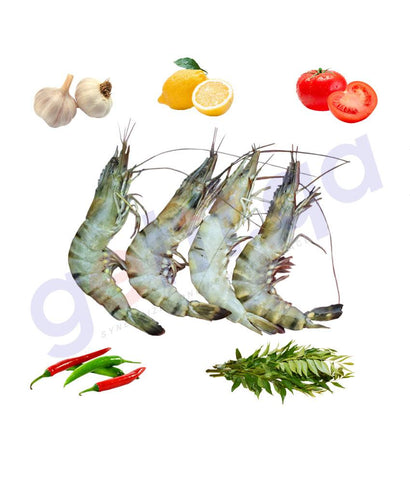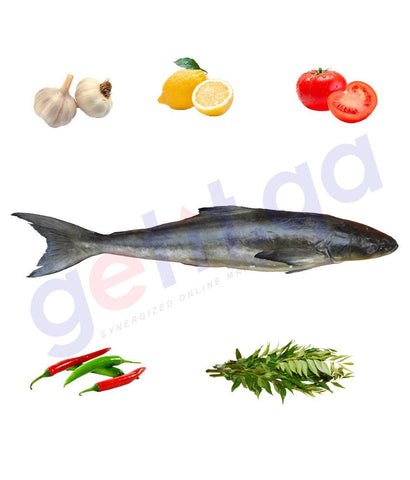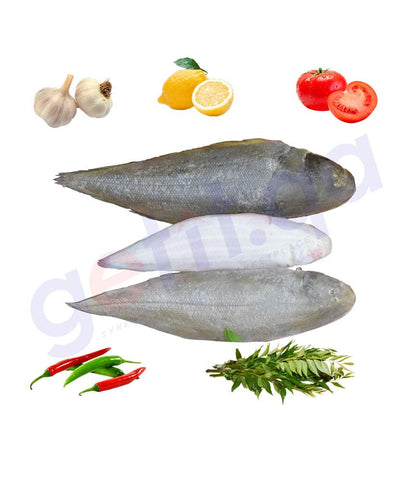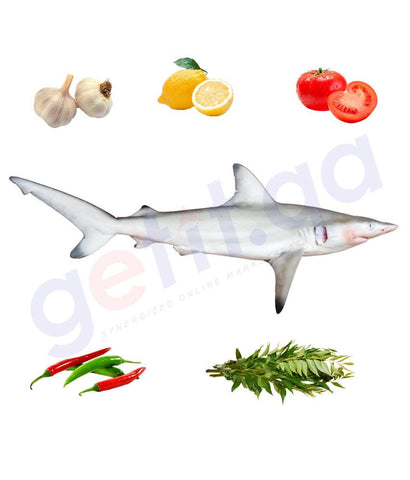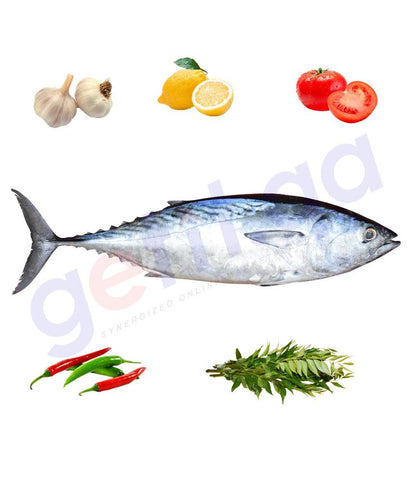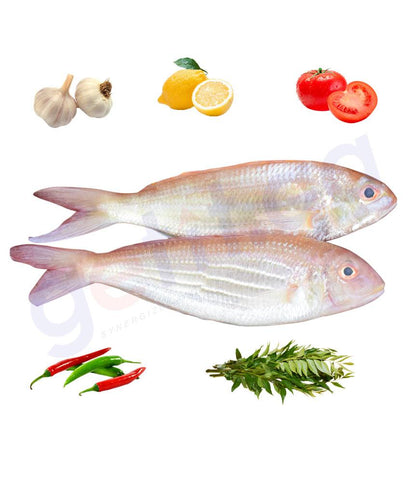Categories
Sardine -Fresh indian Mathi
Country of Origin: India
Short Description : - Sardines Body elongate, subcylindrical, its depth less than 30% of standard length, belly rounded. The pelvic finray count of i 8 distinguishes S. longiceps from all other clupeids in the northern Indian Ocean. Very closely resembles Sardinella neglecta of East African coasts, but head longer (29 tp 35% of standard length; cf. 26 to 29% in S. neglecta ) and more lower gillrakers (150 to 253 in fishes of 8 to 15.5 cm standard length, usually more than 180; cf. 143 to 188 in S. neglecta of 9.5 to 13 cm standard length, usually less than 185). Distinguished in the same way from Sardinella lemuru (whose range it may overlap in the Andaman Sea), but the latter has even fewer gillrakers (77 to 188 in S. lemuru of 6.5 to 22 cm standard length). A faint golden spot behind gill opening, followed by a faint golden midlateral line; a distinct black spot at hind border of gill cover (absence of pigment)
Size : - Perhaps to 23 cm standard length, usually to 20 cm.
Distribution : - Indian Ocean: northern and western parts only, Gulf of Aden, Gulf of Oman, but apparently not Red Sea or the Persian Gulf, eastward to southern part of India, on eastern coast to Andhra; possibly to the Andaman Islands. Thus, studies pertaining to this species from the Philippines or Indonesia probably refer to Sardinella lemuru.
Biology : - Coastal,pelagic, schooling, strongly migratory.Feeds mainly on phytoplankton (especially diatoms), both as juveniles and adults, but also on zooplankton (especially copepods by the juveniles). Breeds once a year, the spawners arriving off western coasts of India in June-July when temperatures and salinity are low during the southwest monsoon months; extended spawning season, but most intense in August-September; exact spawninq grounds not located (Nair, 1973:18 - who summarized the biology of the species).






